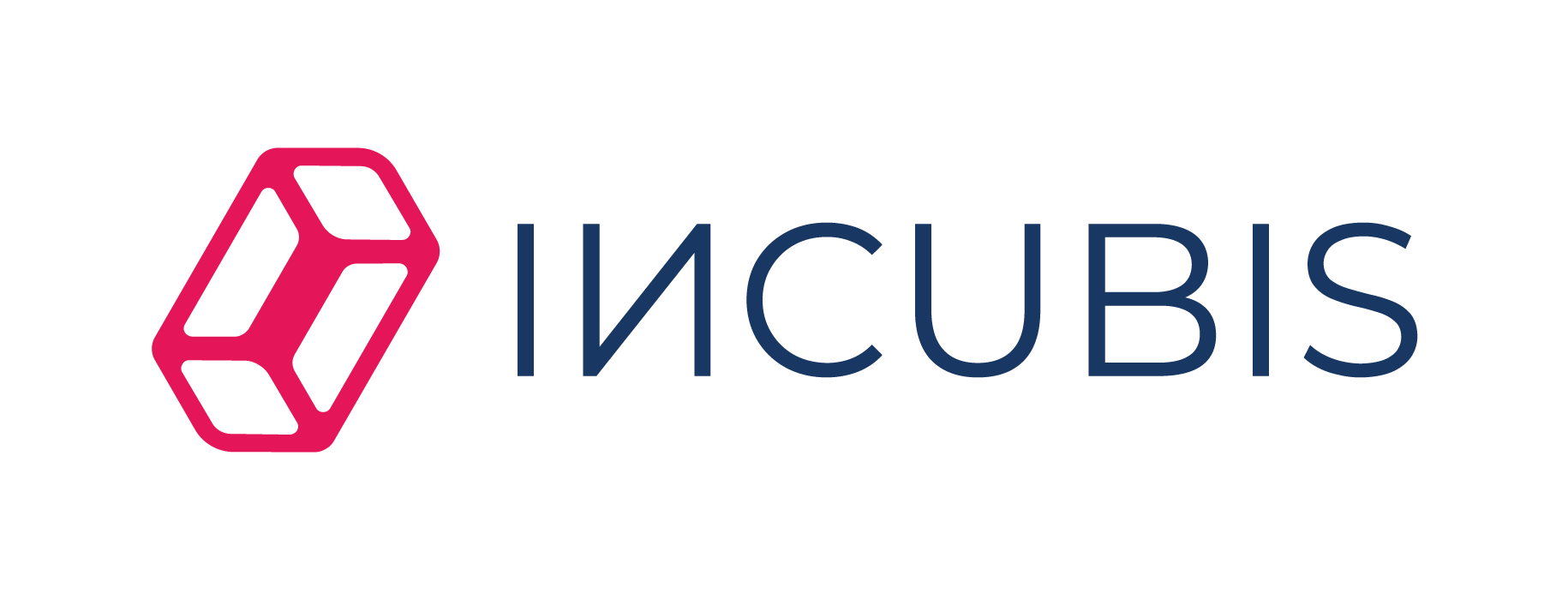
SoWHat
SoWhat is an acronym for Supporting new Opportunities for Waste Heat And cold valorisation Towards EU Decarbonization. The project partners are developing an integrated software to identify and simulate how industrial WH/C could cost-effectively balance with the local community’s forecasted energy demand, and how this could be integrated with renewable energy systems. The tool, designed to support different stakeholders in auditing and mapping their energy processes, will assess the impact of energy processes on both a technical and non-technical level and help to reduce the cost of energy audits. This will be validated by 11 demonstration sites that will test the software in real operating conditions in industrial facilities.

R-ACES
The European project R-ACES aims to create ‘Eco-regions’ where heat and cold are exchanged, smart energy management systems are incorporated, and renewables are used. The vision of R-ACES is to support high-potential industrial parks and clusters in becoming such Eco-regions able to reduce greenhouse gas emissions by at least 10%. This goal can be reached by exchanging surplus energy, making extensive use of renewables, and bringing everything together with so-called smart energy management systems.

INCUBIS
Energy Symbiosis (the selling and buying of excess energy) can lead to energy efficiency improvements, CO2 and cost reductions, new revenue, jobs and local investments. However, this potential remains unexploited because Energy Symbiosis projects are complex multi-stakeholder activities facing long lead times, high transaction costs, and a range of technical, financial and legal uncertainties before securing an investment. INCUBIS will deliver an ambitious Incubator programme to help stakeholders overcome these challenges and implement Energy Symbiosis projects at the local and regional level.

CORALIS
The main objective of the CORALIS project is to create pathways for the decarbonisation of resource and energy-intensive sector value chains through the implementation of viable IS approaches combining new business and management strategies with innovative technology-based enablers. The overall approach of CORALIS will be demonstrated in a total of 3 industrial parks (lighthouses), each of them supported by an IS facilitator, a neutral actor in charge of guiding the IS initiative and exploiting its full potential. Moreover, 3 additional industrial parks (followers) will follow the project results in order to replicate them by implementing additional IS initiatives after the project’s end.
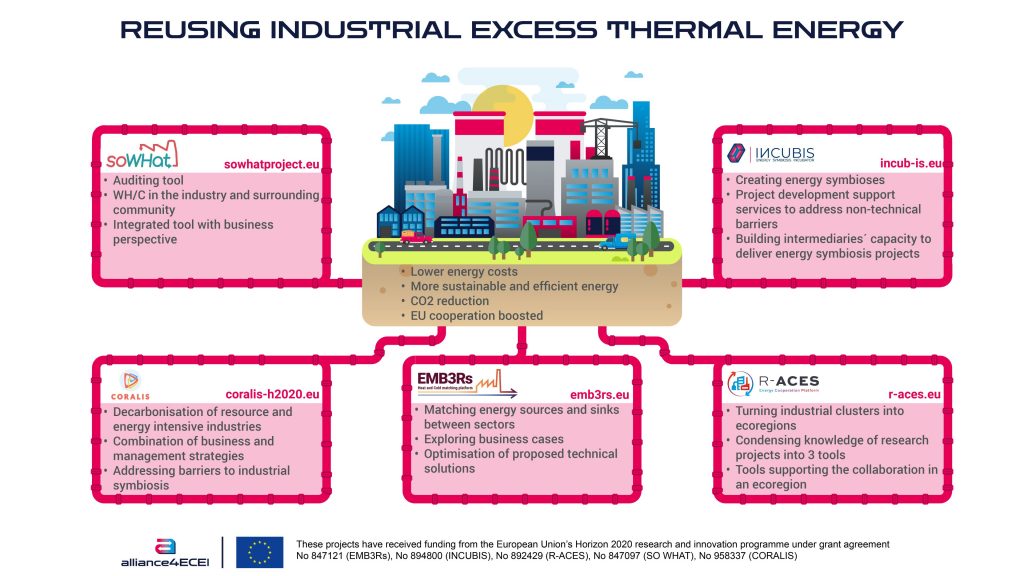

S-PARCS
S-PARCS presents a sound concept for reducing energy costs and energy consumption in industrial parks, while, at the same time, increasing renewable on-site energy production.
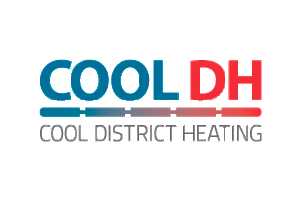
COOL DH
The objective of COOL DH action is to support cities in their endeavor to plan and deploy new, efficient district heating and cooling (DHC) systems, and extend and refurbish existing ones to higher standards. Thus it will be allowing greater uptake of renewables, recovering of excess heat or cold while improving the overall efficiency of the systems.

sEEnergies
The overall aim of sEEnergies is to quantify and operationalise the potentials for energy efficiency (EE) in buildings, transport and industry, combining this bottom-up knowledge with temporal and spatial analyses to develop an innovative, holistic and research-based EE-modelling approach going beyond current state-of-the-art science based knowledge and methodologies.
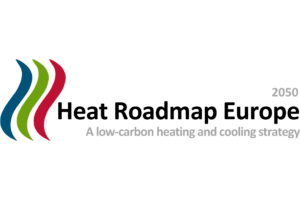
HEAT ROADMAP EUROPE
In Europe, more heat is wasted during electricity production than is needed to heat all buildings. By collecting the waste heat from both industry and electricity production and using smart district heating grids, it is possible to save all of the natural gas currently used for heating buildings in Europe. This would result in not only monetary savings, but also in a considerable CO2 emissions reduction.
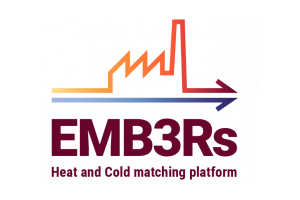
EMB3Rs
EMB3Rs is investigating the potential of recovering industrial excess heat and cold and designing a platform that explores how energy –normally wasted by releasing it into the environment –could be reused as a valuable source for other industrial processes, district heating, and cooling or further purposes.
